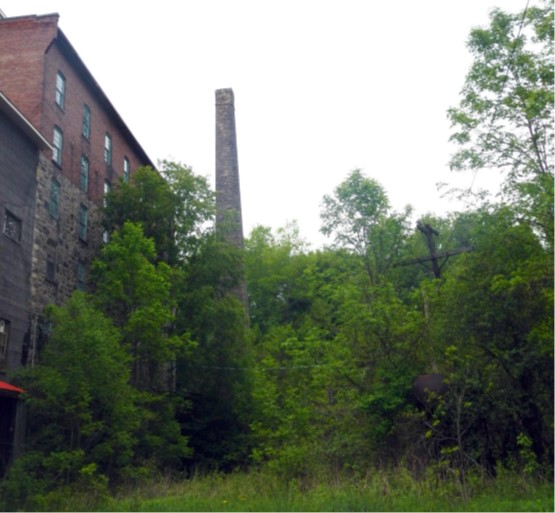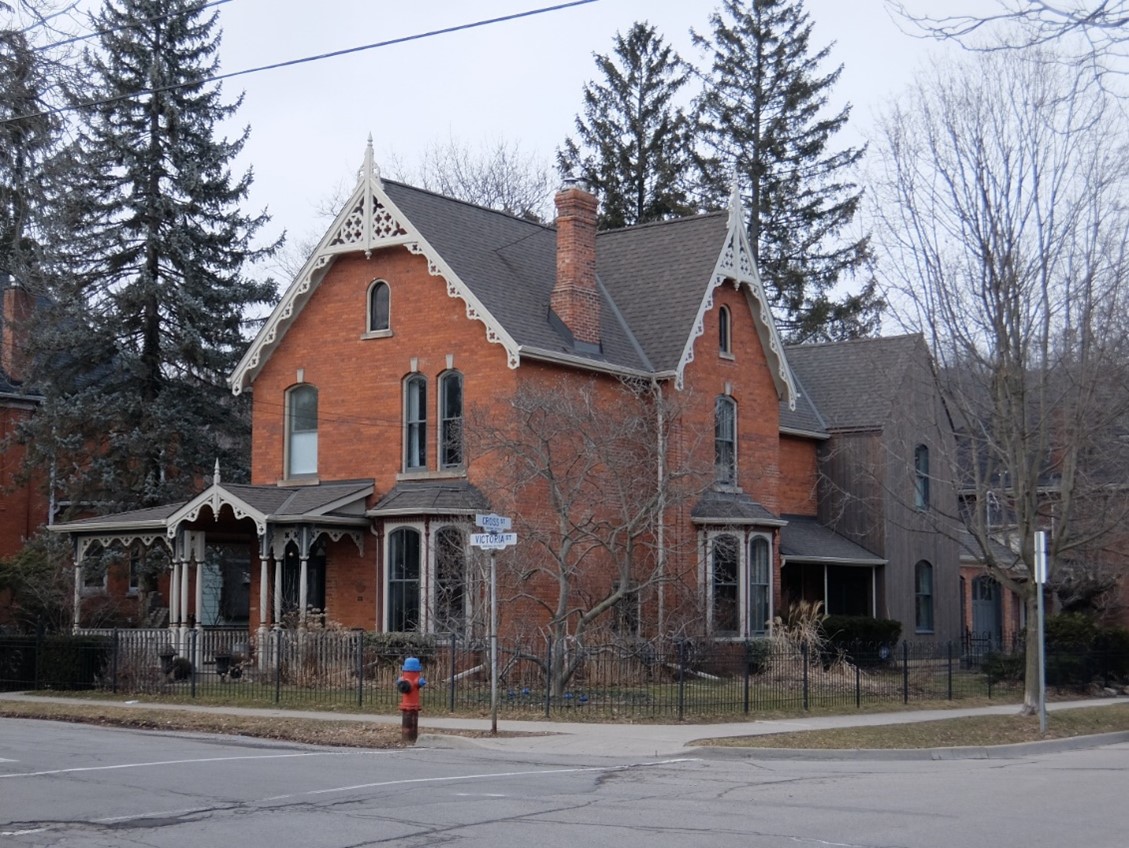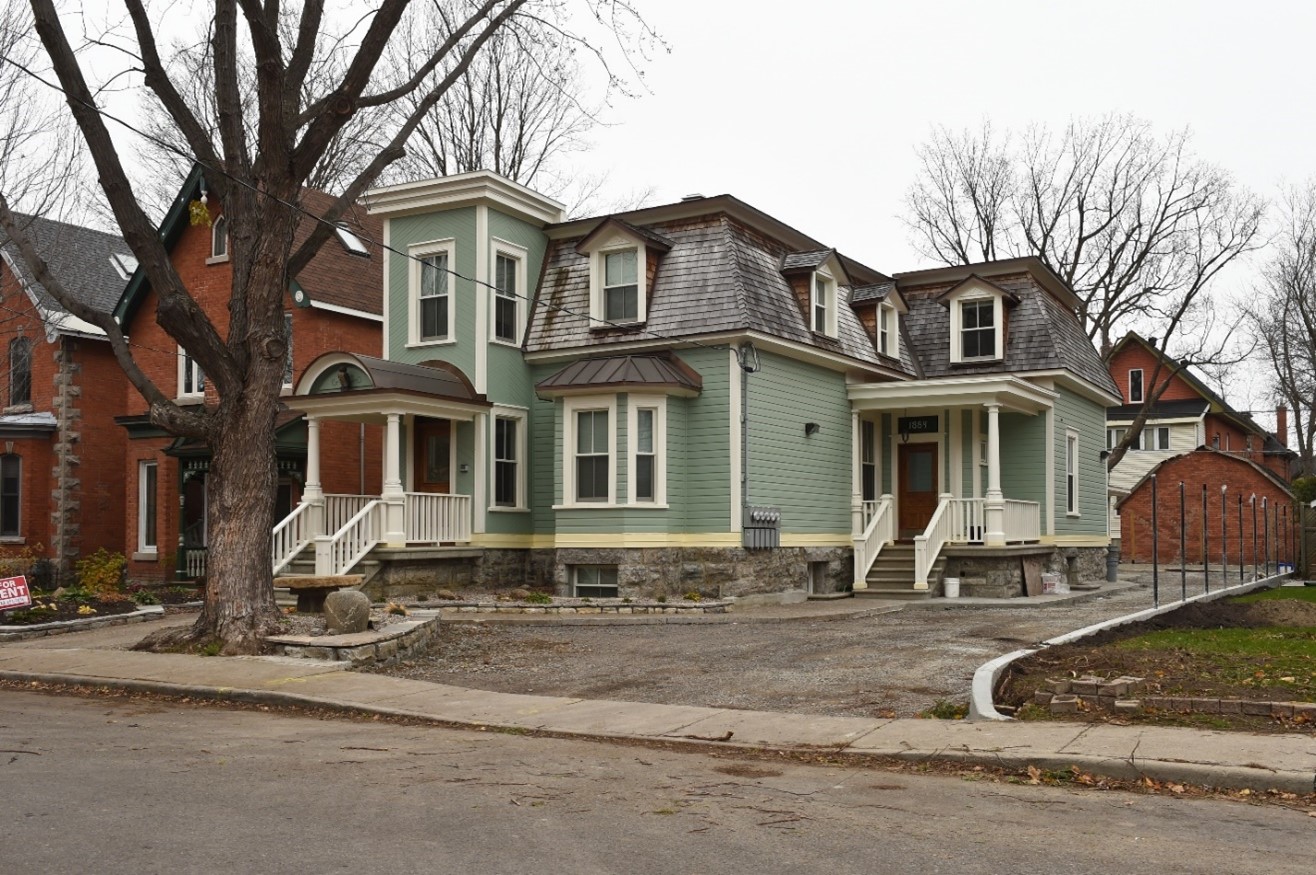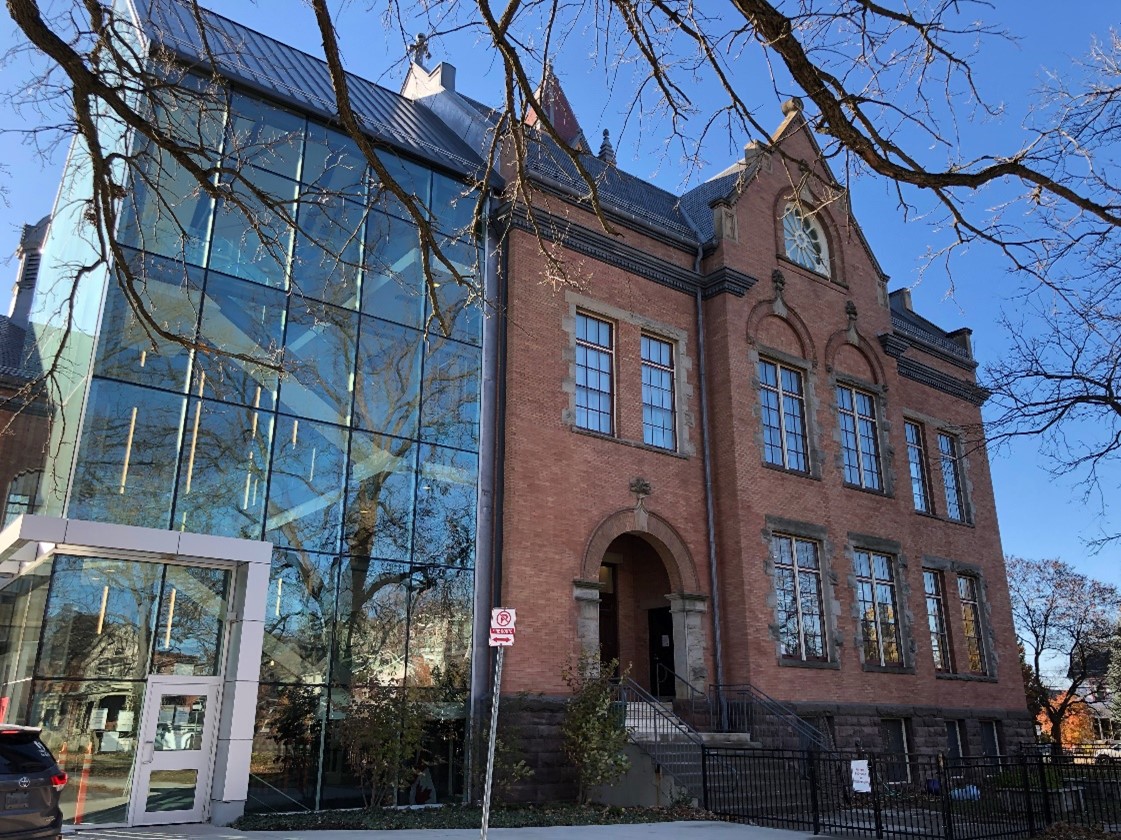4. Management of the district
The management of an HCD will depend, to a large extent, on the resources available to municipal council. Municipalities with heritage experts on staff will be likely to have general policies and procedures in place for managing heritage districts. In these municipalities, council may choose to delegate the approval of applications for alteration to property to staff, after consulting with its municipal heritage committee, in which case the committee will play a more advisory role.
In municipalities where there is no heritage planning staff, the municipal heritage committee will likely be more directly involved with the review of permit applications, though ultimately it will be council that makes the final decision.

4.1. Review of alteration, new construction, demolition and removal
The Ontario Heritage Act gives municipalities the power to decide whether alterations (other than the interior of a building or structure), the erection of a new building or structure, or the demolition or removal of a building or structure, can take place within a designated HCD. In making its decisions, the municipality should be guided by the provisions of the HCD plan.
Note: This section sets out the rules under Part V in respect of alteration, erection, demolition and removal for HCDs designated by municipalities. See section 3.1.7 of this Guide above, which addresses which rules to apply where there is an individually designated property by a municipality or the province under Part IV located within an HCD.
Property owners in an HCD do not need a permit for carrying out or permitting to be carried out “minor” alterations or “minor” classes of alterations as described in the district plan or for interior alterations to a building or structure on the property–except for property designated under Part IV of the Act, where interior features are included in the bylaw.
Many activities proposed for a property in an HCD require property owners to apply to the municipality for a permit. This includes:
- erection of any new building or structure on the property
- any alterations of any part of the property that are not minor alterations exempted in an HCD plan or interior alterations to building or structure on the property and
- demolition or removal of any building or structure on the property
Alter is defined in the Ontario Heritage Act to mean to change in any manner and includes to restore, renovate, repair or disturb' and 'alteration' has a corresponding meaning.
Council for the municipality can determine what information will be required in a permit application. Once it receives the complete permit application, council is required to cause a notice of receipt to be served on the applicant. Council then has 90 days after the notice of receipt is served on the applicant (or such longer period as is agreed upon by council and the applicant) to grant the permit applied for (with or without terms and conditions attached) or to provide notice that council is refusing the application for the permit. If the council fails to do any of these things within the required time period, council is deemed to have consented to the permit.
Council must consult with its municipal heritage committee, where one has been established under section 28, before making a decision on an application for the demolition or removal of a building or structure on a property in an HCD district.
A property owner can appeal municipal council’s decision to refuse a permit or to grant a permit subject to terms and conditions to the Ontario Land Tribunal.
The permit application process allows municipalities to review proposed physical or functional changes within an HCD to ensure that they are in keeping with the objectives for district designation and will respect the cultural heritage value or interest identified in the HCD plan.
Some communities develop a stewardship kit, which is given to all property owners in the district and to new owners when they move into the district. It outlines the key objectives of the designation and summarizes the design guidelines and the difference between major and minor alterations in that district. Such kits can be a useful tool for protecting cultural heritage value or interest by raising public awareness.

4.2. Property maintenance standards
Where a bylaw passed by council of a municipality under Section 15.1 of the Building Code Act setting out the standards for maintenance of property in the municipality is in effect, council can pass a bylaw that sets out additional minimum standards for the maintenance of the heritage attributes of properties within a designated HCD. The bylaw can also require heritage property owners within the district to repair and maintain the properties in accordance with the heritage property standards. The OHA provides that sections 15.2, 15.3, 15.4, 15.5 and 15.8 of the Building Code Act apply with necessary modifications to the enforcement of a property standards bylaw.
Setting out maintenance and repair expectations for owners of designated property in a transparent way can help council encourage heritage conservation in the community. A heritage property standards bylaw should be based on established conservation principles to ensure that heritage property owners adhere to best practices.

4.3. Easements and covenants
Municipalities may also enter into easements or covenants with property owners to protect the heritage attributes of properties, including properties located within a district. The Ontario Heritage Trust may enter into heritage conservation easement agreements with property owners as well, where properties are of provincial significance.
Easements or covenants are agreements, often referred to as heritage conservation agreements or conservation easements, that are registered against the title to the property, run in perpetuity, and bind current and subsequent owners of that property.
A heritage conservation agreement is a voluntary agreement between the municipality or the Ontario Heritage Trust and an owner to conserve the heritage attributes of the property, and to encourage good stewardship of the property.
Heritage conservation agreements allow for an extra level of protection of the heritage attributes of a property in a designated heritage conservation district than designation alone as they contractually commit current and future owners to protect the defined heritage attributes of the property in perpetuity.
A heritage conservation agreement also requires the owner to consult with and obtain the approval of the municipality or the Trust, about proposed work affecting the defined heritage attributes before the work is carried out.
Heritage conservation agreements are often required as a condition of a property owner receiving a grant (or tax relief) from the municipality to protect the public investment in the property.
In other cases, property owners may enter into easements in return for other forms of compensation or consideration, e.g., development approval, condition of sale; or, requested by a property owner in estate planning.
Heritage conservation agreements are an important tool for ensuring the long-term protection and conservation of significant heritage properties and cultural landscapes.

4.4. Acquisition and expropriation
In rare or exceptional circumstances, a municipality may decide to purchase or expropriate any property within an HCD to ensure that the property is protected. The municipality can keep the property indefinitely or it can lease or sell it.
This is a rarely used provision of the Ontario Heritage Act.
Decisions about what to do with a purchased or expropriated property must be consistent with the heritage conservation goals set out in the Official Plan and in the HCD plan. The purchase or sale of any property must be approved by a bylaw passed by municipal council.
4.5. Incentives and other support for heritage conservation
Normal upkeep and maintenance are the responsibilities of every property owner. Through regular inspection and continuous care and maintenance, major restoration and repair costs to heritage properties and heritage attributes can often be avoided. Municipalities may consider giving financial assistance and/or tax incentives to encourage and support owners to be good stewards of their heritage properties in recognition of the community’s interest in maintaining its heritage.
Municipalities are authorized by the Ontario Heritage Act to pass bylaws to provide grants or loans to owners of designated property, to assist with the cost of improvements on such terms and conditions as council may prescribe. Many municipalities have established financial incentive programs to assist property owners with the conservation of their designated heritage properties.
Municipalities can also establish Heritage Property Tax Relief programs to support ongoing maintenance and conservation of designated properties. The province shares in the cost of the program by funding the education portion of the property tax relief.
For more information, refer to the Ministry’s guide to heritage property tax relief.
4.5.1. Who to contact for information?
For latest information on incentives and other support for heritage conservation available in your area contact your local municipal clerk, planning department staff, or municipal heritage committee.